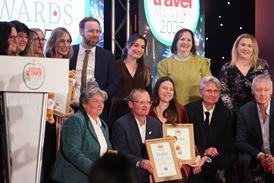
The new display, due to open in October, will invite pupils to learn about the power of the Sun and its role in the solar system.
The Sun: Living With Our Star will include interactive experiences and artefacts, at the museum in London, exploring the relationships between earth and the Sun.
It ties in with STEM (Science, Technology, Engineering and Maths), and Science topics such as living things, Physics and space and is suitable for Key Stage 2 to 5 students.
About the exhibition
The power, beauty and dark side of the Sun will be revealed in the new exhibition and pupils will be invited to gain insight into the star's contribution to life.
Artefacts will include early Nordic Bronze Age objects revealing ancient beliefs of how the Sun was transported across the sky, as well as details of upcoming NASA and ESA solar missions.
Further highlights of the exhibition will include the original orrery, made for the Earl of Orrery in 1712 to demonstrate the motions of the earth and moon around the Sun, an astronomical spectroscope made for Norman Lockyer, founder of the Science Museum, and a rare bronze concave mirror designed to use sunlight for lighting fires, on loan from China.
Students visiting will get to find out more about how the Sun has helped us measure and define time, and how throughout history, humans have attempted to harness its power and energy.
The displays will also look at the effects that light have on health and will reveal ways in which scientists are working to understand more about the sun itself.
Tickets for the exhibition, which runs from 6th October until 6th May, 2019, are now on sale and teachers can email edbookings@sciencemuseum.ac.uk to book an educational visit.
Schools visiting the Science Museum can enjoy a host of educational offerings. The museum recommends you tie in your trip with a visit to its Wonderlab which aims to ignite interest in Maths and Science.
A variety of workshops are also available, covering subjects such as Engineering and Design.
For more information, visit www.sciencemuseum.org.uk.










